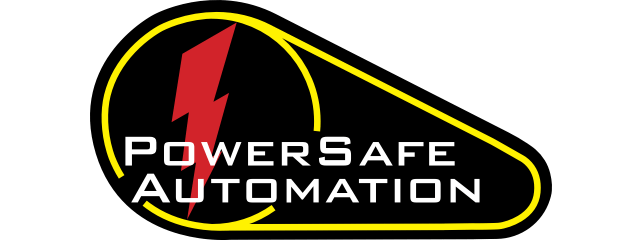FAQ
What’s the Difference Between In-Running and Outrunning Nip Points?
In-running and outrunning nip points are both types of hazardous pinch points created by rotating machine components—but they differ in how and where the risk of entrapment occurs.
In-Running Nip Points (Most Hazardous)
-
Occur where two rotating parts move toward each other, or where a rotating part moves against a stationary object (like a belt against a pulley or roller against a table).
-
These points pull in anything that comes between them—such as fingers, clothing, or tools—causing serious crushing or entanglement injuries.
-
Common examples:
-
Rollers on conveyors
-
Gears and chain drives
-
Belt and pulley systems
-
Feed rolls in printing or packaging machines
-
Must be guarded per OSHA 1910.212 and ANSI B11.19 standards to prevent access.
Outrunning Nip Points
-
Occur where a rotating surface moves away from another surface.
-
These are less hazardous because they tend to eject rather than trap objects.
-
Often occur at the top side of rollers or wheels, where motion moves away from the point of contact.
While less dangerous, outrunning nip points may still require guarding—especially if ejected material or accidental contact could cause harm.
Summary:
-
In-running nip = High risk, pulling hazard → requires guarding
-
Outrunning nip = Lower risk, pushing/ejecting hazard → may require guarding based on risk assessment

